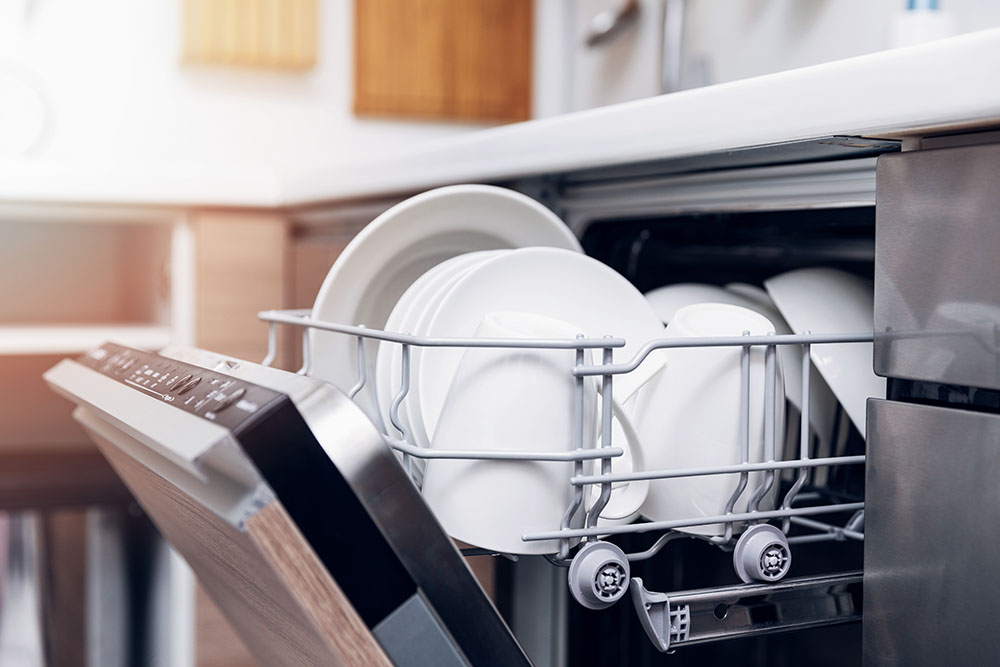
Are you wondering how to install a dishwasher? If you know what you are doing, installing a dishwasher by yourself is typically quite simple. When you purchase a new dishwasher from the specialty outlet, the price usually includes having the delivery team do the hookups for you, and it may even include the process of hauling away the old dishwasher. However, if you purchase the dishwasher from an online retailer or home improvement center, connecting the dishwasher may not be included – or it may also cost you a large amount of money to have it done. Thankfully, we have collated some installation tips that will help you in that process to connect the dishwasher yourself.
Starting Steps
To begin, it is important to prepare the dishwasher for installation. Once you have purchased it, you should unpack it carefully and check if there are any missing parts. You should also check if all the necessary pipes and cables are included in the package and if there is a warranty and owner’s manual. Lay a coversheet or drop sheet in the kitchen where you will be working. Clean and sweep the area for the new dishwasher.
If the dishwasher is going to be placed in a special cabinet or beside the kitchen sink, you should first check and pull all the pipes and cables through the special holes designed for it so as to prevent any complications or problems in the future. Before you start installing the dishwasher, turn off the water and electrical supply. You should also prepare a bucket ready to collect the excess water from the drain hose when you remove an old dishwasher. In addition, have a towel on hand to mop any excess water.
Leveling the Dishwasher
One of the most crucial aspects when it comes to installing a dishwasher is to make sure it is leveled. This is something that needs to be done before the installation process starts, as it will help to make the process much easier and straightforward. A bubble level will be helpful in bringing the dishwasher to a flat line. This step is very important because the dishwasher could become very noisy and start bouncing over time. In addition, if your dishwasher is unleveled, it will be more difficult to connect the water and power lines.
Many freestanding and built-in dishwashers come with small holes through which tiny and small screws can be placed. These screws will ensure that the dishwasher is held in place while it is operating. This principle is the same as installing a washing machine.
Here are some other important installation tips:
- Connect the cold water hose in the isolation valve where the old one is removed, tightening clockwise. Only use your hand to tighten.
- Plug in the electrical lead before turning the power and water back on.
- After installation, turn on the dishwasher to full cycle and observe if there are any leaks. This will help to wash out and get rid of any debris in the system.
- Read the operating manual for any other steps you can take to preserve and maintain your appliance.


